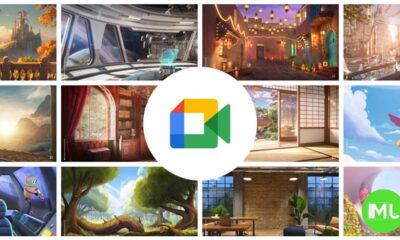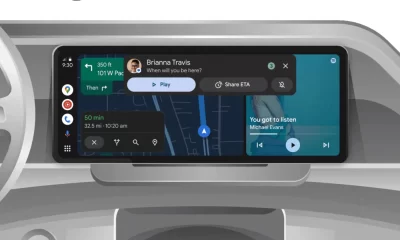Android
Android to gain performance boost with more RAM and 16 KB page size
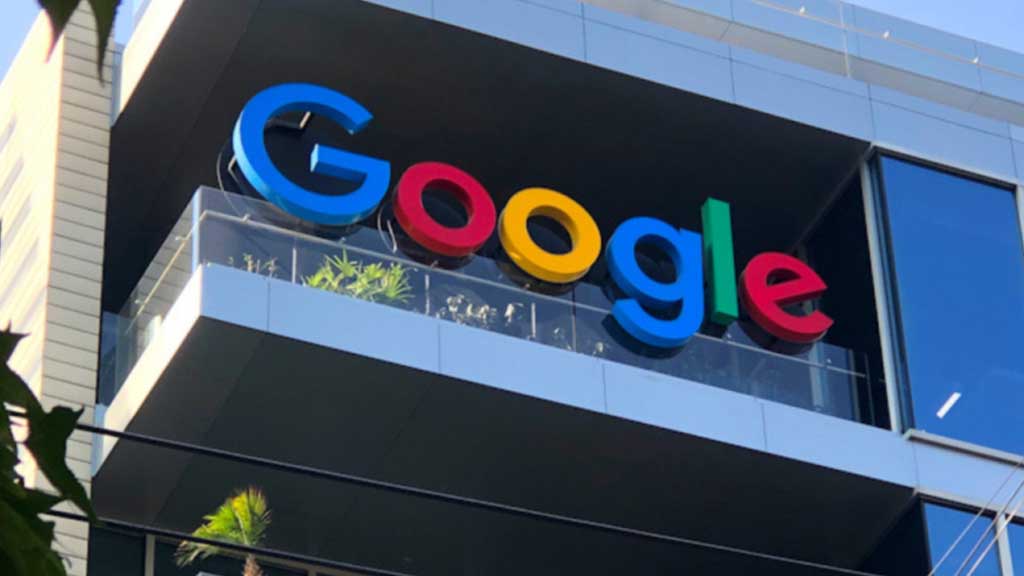
Key Points:
- Android’s switch to a 16 KB page size offers a 5-10% performance boost but uses 9% more memory.
- Google is working to make Android adaptable to different page sizes, improving app launch times, power efficiency, and system boot time.
- Full support for the 16 KB page size is expected in future Android devices with more RAM.
Google is enhancing Android’s performance by supporting a 16 KB page size, a change that’s now undergoing broader testing. This update, focused on memory management, could significantly speed up Android devices.
Every CPU has a memory management unit (MMU) that translates program addresses to physical memory locations, and this translation occurs based on page size. When the page size is larger—like 16 KB instead of the traditional 4 KB—the system has to do less work, reducing overhead. This leaves more processing power for tasks like rendering videos, playing games, and running applications smoothly.
Historically, Android was designed to run on a 4 KB page size. However, Google has discovered that switching to a 16 KB page size can lead to an overall performance improvement of 5-10%, although this does increase memory usage by about 9%. Here are some specific benefits:
- Faster App Launches: Under memory pressure, app launch times improved by an average of 3.16%, with some apps seeing up to a 30% boost.
- Lower Power Consumption: During app launches, devices used 4.56% less power on average.
- Quicker Camera Start: Hot starts were 4.48% faster on average, while cold starts improved by 6.60%.
- Improved System Boot Time: Boot times saw a 1.5% improvement, saving approximately 0.8 seconds.
With the upcoming Android 15, Google has redesigned the operating system to be flexible with different page sizes, allowing it to function well whether the device uses a 4 KB or 16 KB page size. However, developers will need to recompile their apps to take full advantage of the 16 KB page size, although the same app can still run on both 4 KB and 16 KB devices.
Developers can start testing this feature with the Android 15 QPR1 Beta 1 on the Pixel 8 and 8 Pro. However, this “Boot with 16KB page size” option requires wiping the device and unlocking the bootloader, making it impractical for everyday use.
Google is collaborating with its SoC and OEM partners to extend this option to more devices soon and is also providing an x86_64 emulator for testing.
Although there are no Android devices currently in production or expected in the immediate future that support a 16 KB page size, Google anticipates that this change will align with the development of devices featuring larger amounts of RAM. As these devices emerge, the adoption of the 16 KB page size, and potentially even larger sizes, will become more common, leading to even greater performance improvements in Android devices.
Android
Easy ways to change Android Auto’s look with light and dark themes
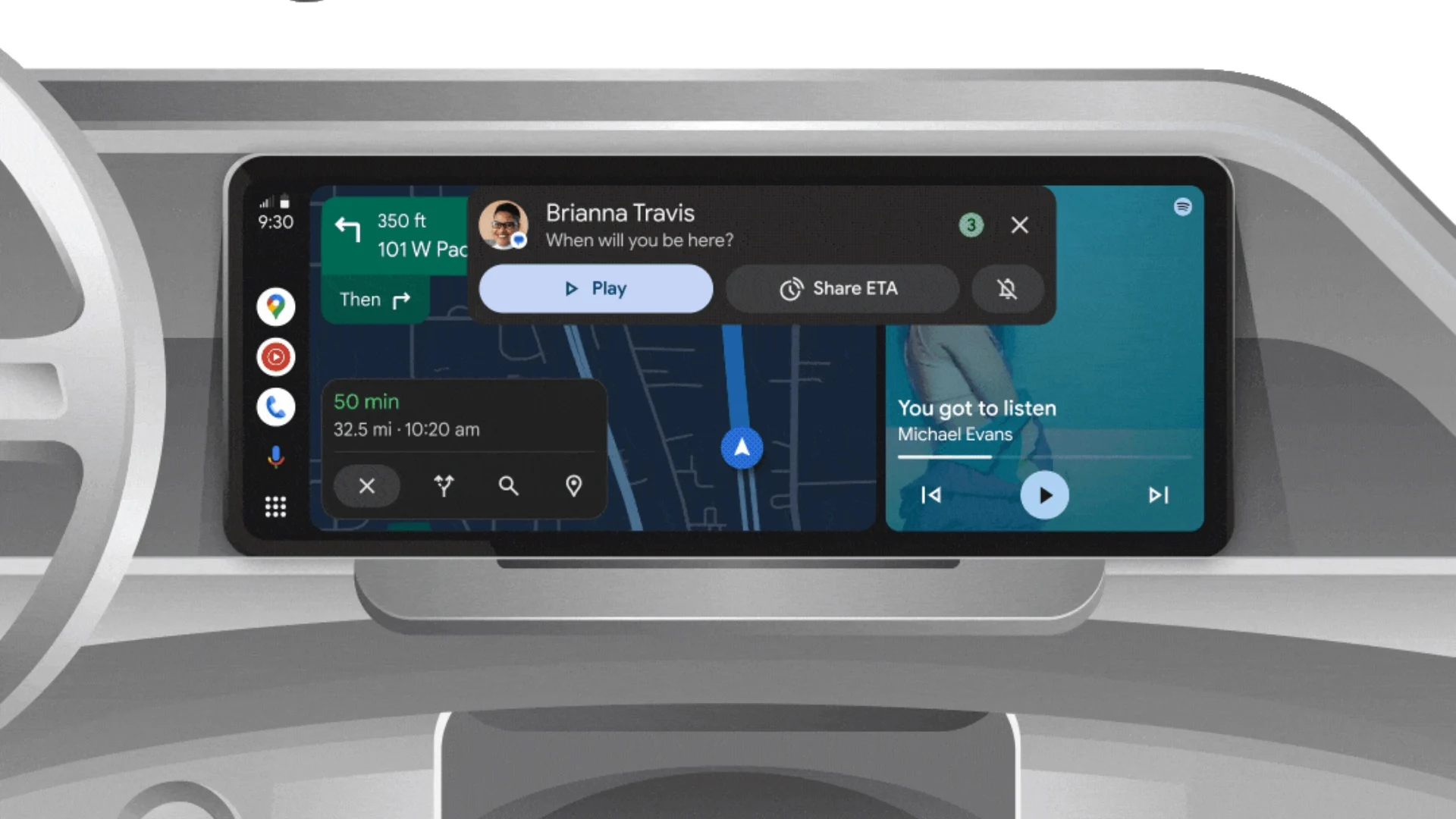
Android Auto is a helpful tool that lets you use your phone’s apps safely while driving. It connects your phone to your car’s screen, making it easier to use maps, music, and calls. One of the features many people like is the ability to change how Android Auto looks by switching between light and dark themes.
How to switch between light and dark themes
Android Auto offers two main themes: light and dark. The light theme uses brighter colors, which can make the screen easier to see during the day. The dark theme uses darker colors, which can be more comfortable for your eyes at night or in low light.
To change the theme, follow these steps:
- Open the Android Auto app on your phone.
- Go to the settings menu.
- Find the “Theme” option.
- Choose between “Light,” “Dark,” or “Set by car” (this lets your car decide the theme based on the time of day or your car’s settings).
Why themes matter
Using the right theme can make driving safer and more comfortable. The light theme is good for bright days, while the dark theme helps reduce glare at night. Having these options means you can pick what works best for you, making Android Auto easier to use in any condition.
In short, Android Auto’s theme options are simple to use and help you drive more safely by making the screen easy to see, no matter the time of day.
Android
Google’s New Updates: Gemini 2.5 Pro, Android 16 features, and Messages change

Google has just rolled out some exciting updates across its services and apps. Here’s a simple breakdown of what’s new and what it means for you.
Gemini 2.5 Pro is here
Google has launched Gemini 2.5 Pro, the latest version of its AI model. This upgrade brings smarter and faster responses, making it easier for users to get helpful answers. Gemini 2.5 Pro is now available in Google’s AI Studio and Vertex AI, so developers can build even better tools and apps using this technology.
Android 16 brings more customization
Android 16 is adding new ways to personalize your phone. One of the standout features is the ability to hide the clock on your lock screen, giving you a cleaner look if you want it. This is part of Google’s push to let users make their phones feel more unique. There’s also a new animation for the power button, making the experience smoother and more modern when you turn your phone on or off.
Google Messages removes the unsubscribe button
If you use Google Messages, you might notice that the “Unsubscribe” button is gone from some business messages. Google has removed this feature, so users now have to find other ways to stop unwanted texts. This change might make it a bit harder to manage spam, but Google hasn’t said why the option was removed.
What does this mean for you
These updates show that Google is focused on making its products smarter and more personal. Whether you’re using AI tools, customizing your phone, or managing your messages, you’ll see some changes that aim to improve your experience.
Android
Here’s what’s new with Google Keep and Android Automotive apps

Google Keep is getting a fresh look with the new Material You design, making it more colorful and easier to use on Wear OS smartwatches. The update brings bigger buttons and clearer text, so you can quickly jot down notes or check your lists right from your wrist. This makes Google Keep more handy when you’re on the go and don’t want to pull out your phone.
On another front, Android Automotive is improving how apps show information while you drive. Instead of opening full apps, you’ll see simple cards on your car’s screen that give you important details at a glance.
These cards help keep your focus on the road by showing things like music controls, navigation updates, or reminders without distractions. This new card system is designed to work smoothly with apps like media players and navigation tools, making your driving experience safer and more convenient.
Together, these updates show Google’s effort to make its apps smarter and easier to use in everyday life, whether you’re walking around with your smartwatch or driving your car. The focus is on clear, simple designs that help you get things done quickly without hassle.
In short, Google Keep’s new look on Wear OS and the smart cards in Android Automotive are small but useful changes that make tech fit better into your daily routine.
-
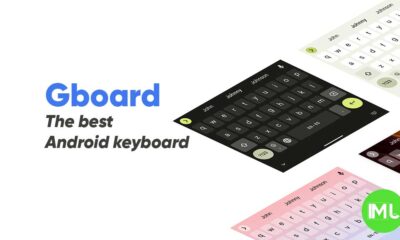
 Apps1 year ago
Apps1 year agoGboard Proofread feature will support selected text
-
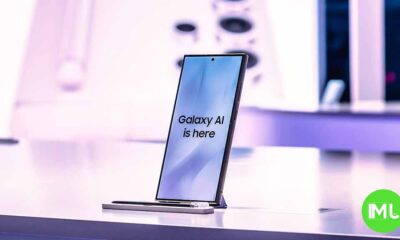
 News1 year ago
News1 year agoSamsung USA crafting One UI 6.1.1
-

 Apps1 year ago
Apps1 year agoGoogle Contacts app testing new Besties Widget
-
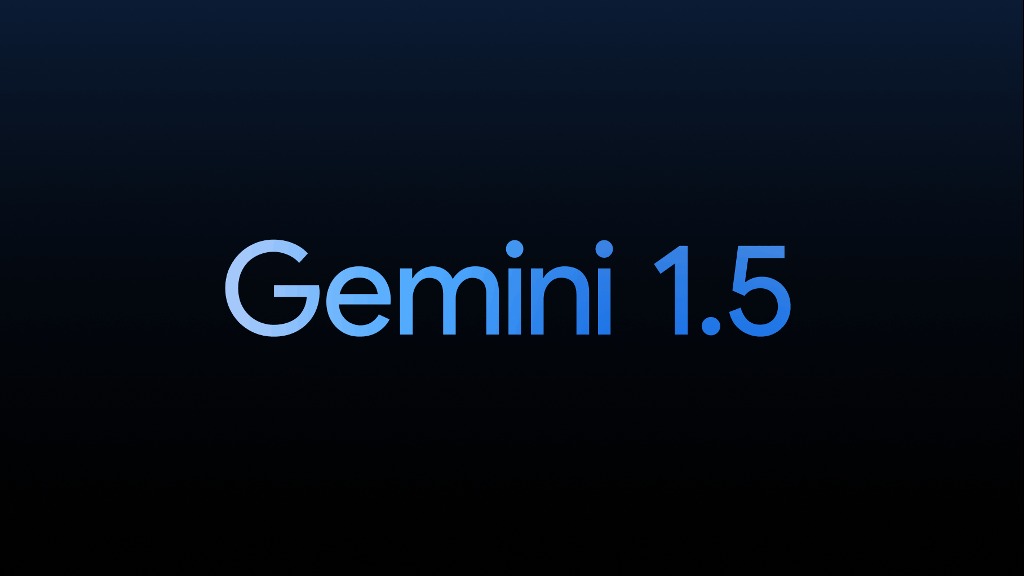
 AI12 months ago
AI12 months agoGoogle Pixel 9 Pro may come with a complimentary one-year Gemini Advanced subscription
-
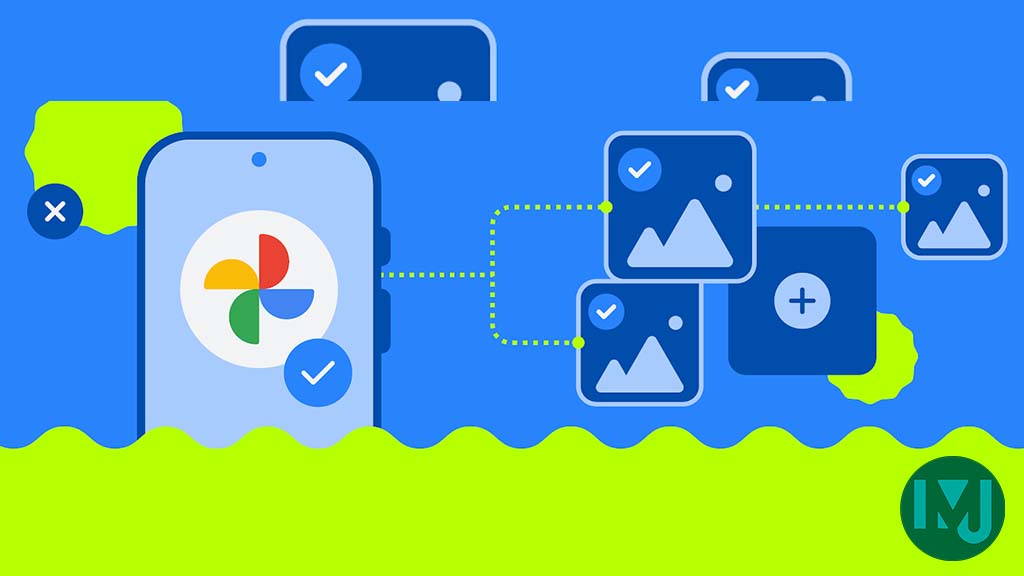
 Apps12 months ago
Apps12 months agoGoogle working on a new video editing feature for its Photo app
-
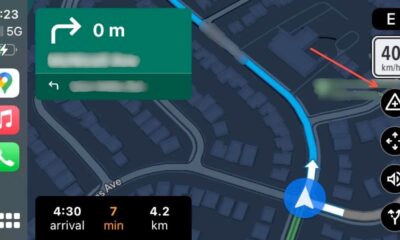
 Apps12 months ago
Apps12 months agoGoogle Maps lets you report traffic jams and accidents on Apple CarPlay, but not on Android Auto
-

 News1 year ago
News1 year agoBreaking: Samsung Galaxy S22 may get Galaxy AI features
-

 Apps1 year ago
Apps1 year agoGoogle Messages app will transform MMS chats into RCS

